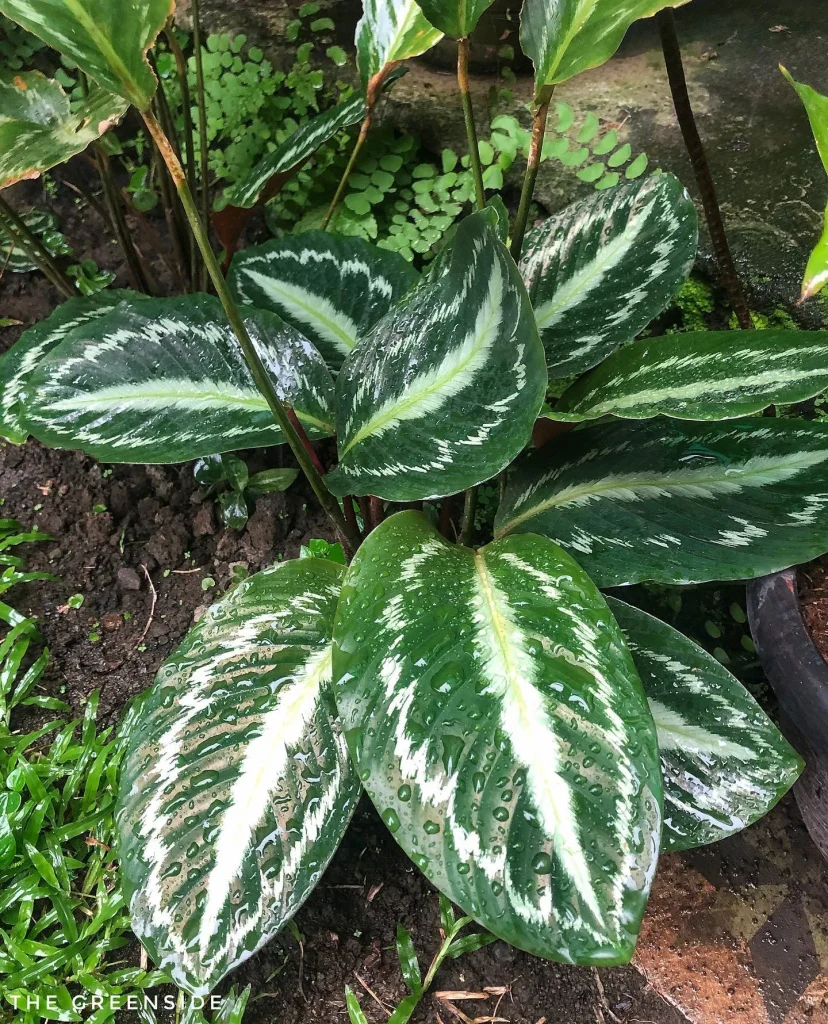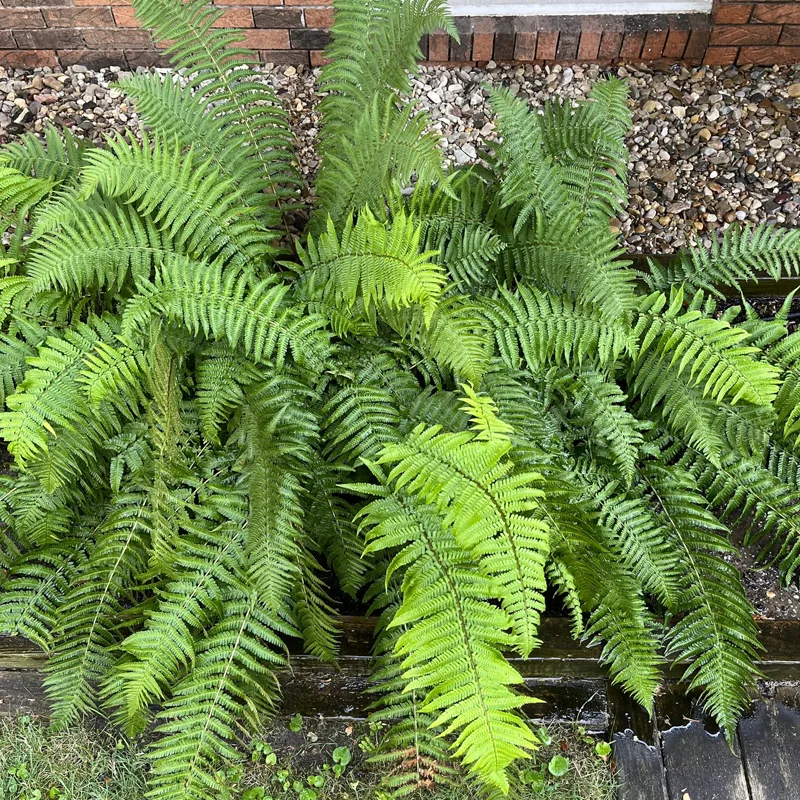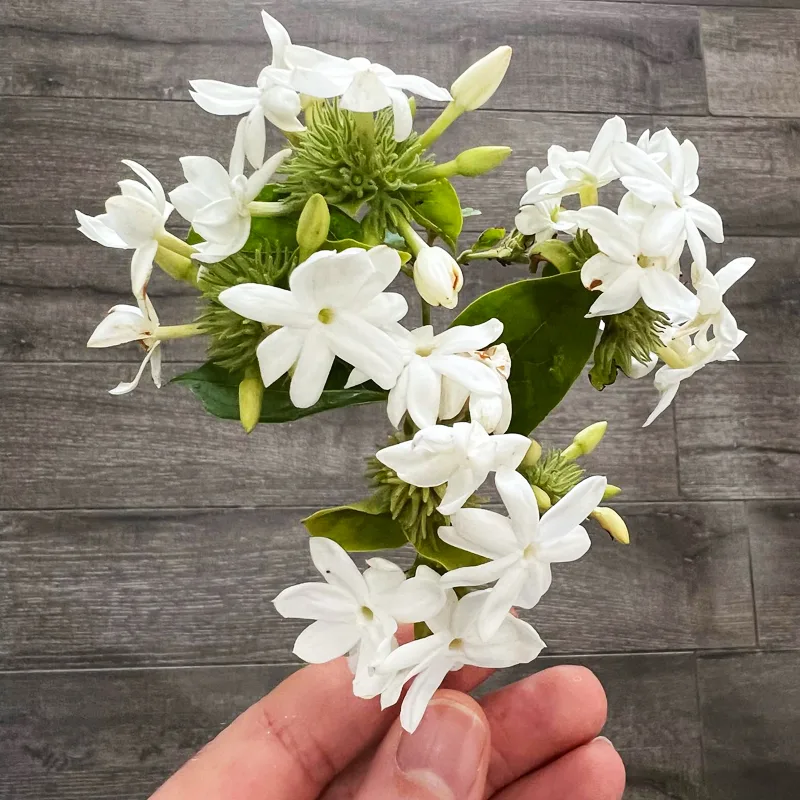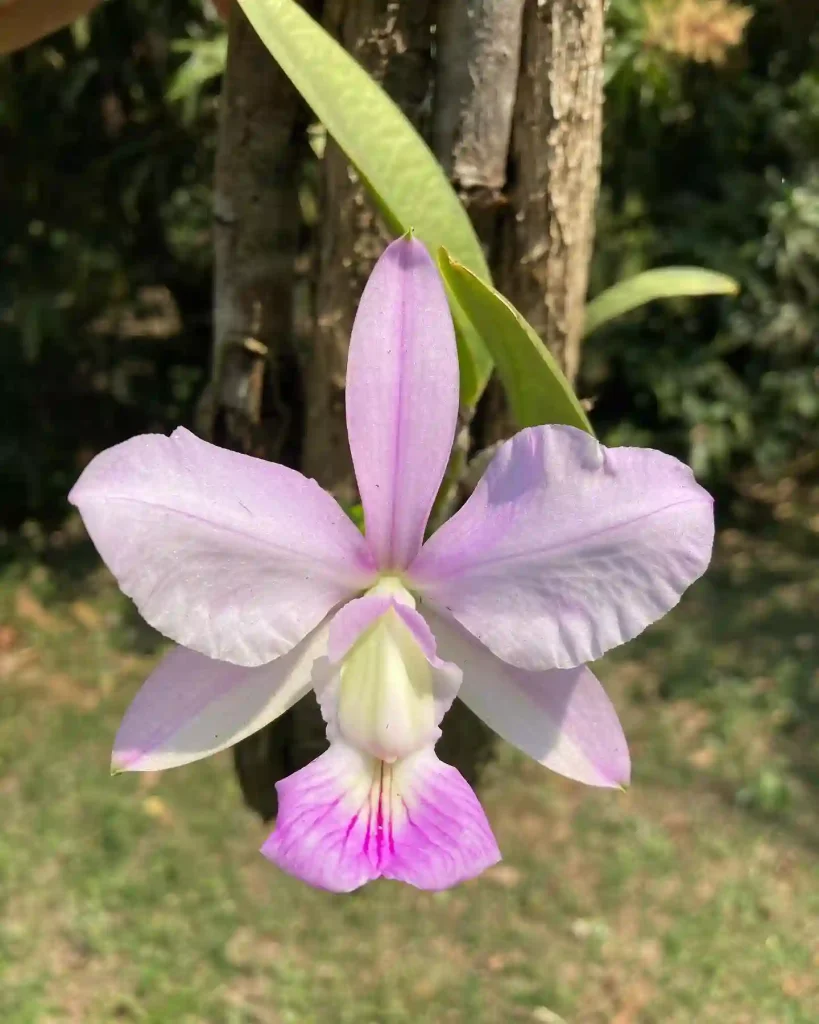FAQs About Castanea Dentata
Castanea Dentata, commonly known as the American Chestnut, holds a special place in the hearts of many plant enthusiasts and ecologists. This majestic tree was once a dominant species in Eastern U.S. forests before the arrival of a devastating blight. If you’re considering adding this tree to your landscape or simply want to learn more about it, here’s a comprehensive guide to the frequently asked questions about Castanea Dentata.
10 Species in Genus Castanea
What Is Castanea Dentata?
Castanea Dentata, or American Chestnut, is a deciduous tree native to the eastern United States. It was historically a major component of the hardwood forests in the region, known for its rapid growth and high-quality wood. The tree can reach heights of 60 to 100 feet with a broad, rounded crown. Its leaves are long, lance-shaped, and serrated, providing a lush, green canopy during the growing season.
How to Care for Castanea Dentata?
Caring for Castanea Dentata involves understanding its specific needs and the challenges it faces. Here are some key care tips:
- Soil: The American Chestnut thrives in well-drained, acidic soils. It’s best to plant it in soil with a pH between 4.5 and 6.5. If your soil is heavy clay or overly alkaline, consider amending it to improve drainage and acidity.
- Watering: Regular watering is crucial, especially during the tree’s early years. Keep the soil consistently moist but not waterlogged. Once established, the tree is relatively drought-tolerant but still benefits from periodic watering during dry spells.
- Sunlight: Full sun is ideal for Castanea Dentata. Aim for at least 6 to 8 hours of direct sunlight each day to ensure robust growth and fruit production.
- Fertilization: Fertilize annually in early spring with a balanced, slow-release fertilizer. This helps support healthy growth and fruiting.
How to Propagate Castanea Dentata?
Propagation of Castanea Dentata can be achieved through several methods:
- Seed: The most common method is growing from seeds. Collect mature nuts in the fall and stratify them in a moist, cold environment (about 40°F) for 30 to 60 days before planting. This mimics natural winter conditions and enhances germination.
- Cuttings: Propagation from cuttings is less common but possible. Take semi-hardwood cuttings in late summer and root them in a humid environment with a rooting hormone.
What to Plant With Castanea Dentata?
Choosing companion plants for Castanea Dentata involves considering its size, growth habits, and environmental needs. Good companions include:
- Understory Shrubs: Plants like Rhododendron and Azalea can thrive in the shade cast by the American Chestnut’s canopy.
- Ground Covers: Use low-growing plants such as Creeping Jenny or Hostas to fill in space under the tree and manage soil erosion.
- Other Trees: Pairing with trees like Oaks or Maples can create a diverse and resilient forest landscape.
Is Castanea Dentata Toxic?
Castanea Dentata is not toxic to humans or animals. However, the nuts are not edible in their raw form and should be cooked before consumption. This is due to the presence of tannins which can be harsh on the digestive system. Always ensure that any wild-harvested nuts are properly prepared to avoid any adverse effects.
Benefits of Castanea Dentata
Planting Castanea Dentata offers several benefits:
- Ecological Value: Once dominant in Eastern U.S. forests, this tree supports a wide range of wildlife, including birds and mammals, which depend on its nuts for food.
- Wood Quality: The wood of Castanea Dentata is valued for its durability and resistance to decay, making it a prized material for furniture and construction.
- Restoration Projects: Efforts to reintroduce disease-resistant strains of American Chestnut help restore the ecological balance and diversity of native forests.
Common Problems with Castanea Dentata
While Castanea Dentata is a remarkable tree, it faces some challenges:
- Chestnut Blight: The most significant problem is the chestnut blight, a fungal disease that has devastated populations. Modern breeding programs focus on developing blight-resistant strains to combat this issue.
- Pests: The tree can be susceptible to pests like the Japanese Beetle and various borers. Regular monitoring and appropriate pest control measures can help mitigate these issues.
How Does Castanea Dentata Compare with Other Trees?
Comparing Castanea Dentata with other trees like the European Chestnut (Castanea Sativa) reveals some key differences:
- Adaptability: While both species are chestnuts, Castanea Dentata is adapted to the U.S. climate and soil conditions, whereas Castanea Sativa thrives in a more Mediterranean climate.
- Disease Resistance: Castanea Sativa has better resistance to the chestnut blight than its American counterpart, making it a more viable option in regions with a history of the disease.
In summary, Castanea Dentata, with its rich history and ecological significance, remains a fascinating choice for reforestation and landscape projects. Despite its challenges, ongoing efforts to combat diseases and improve its resilience offer hope for its restoration. Whether you’re a gardener or an ecologist, understanding these aspects can help you appreciate and contribute to the revival of this iconic American tree.
If i die, water my plants!



